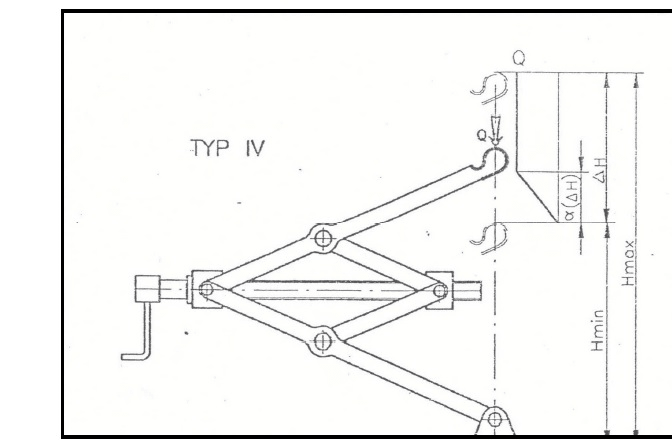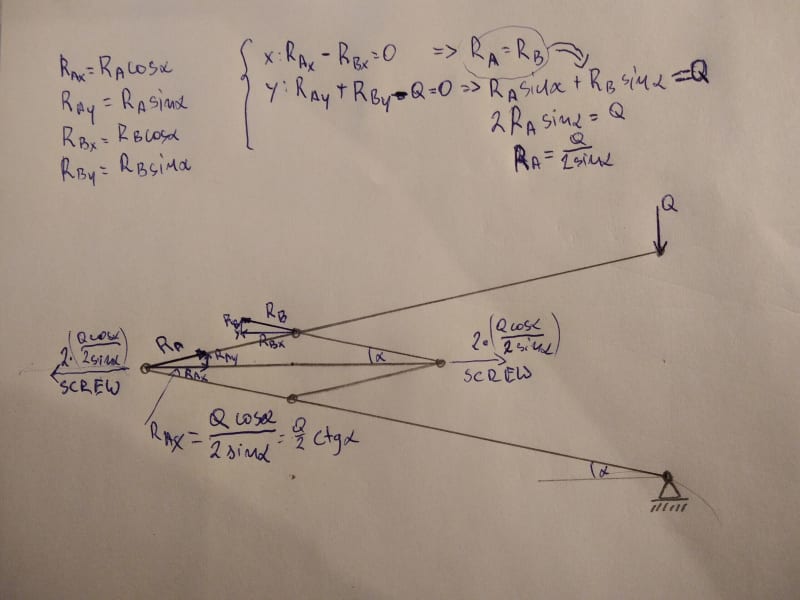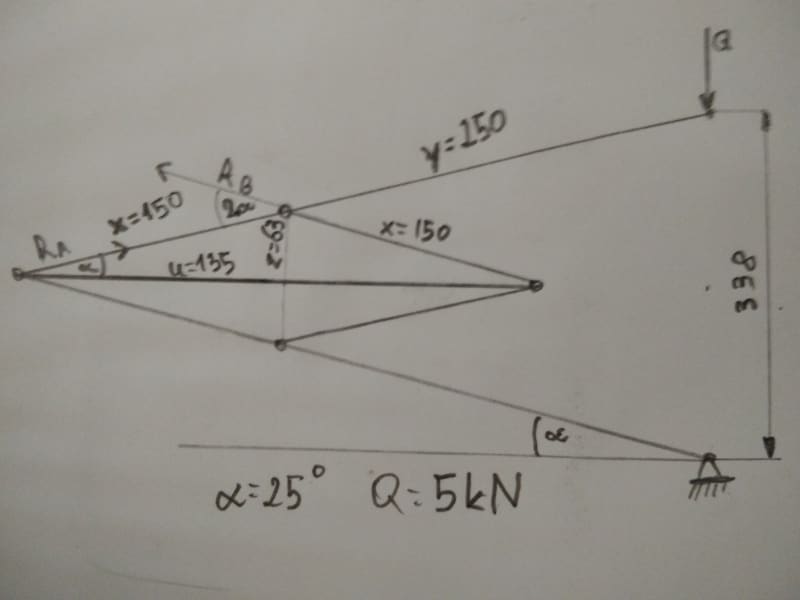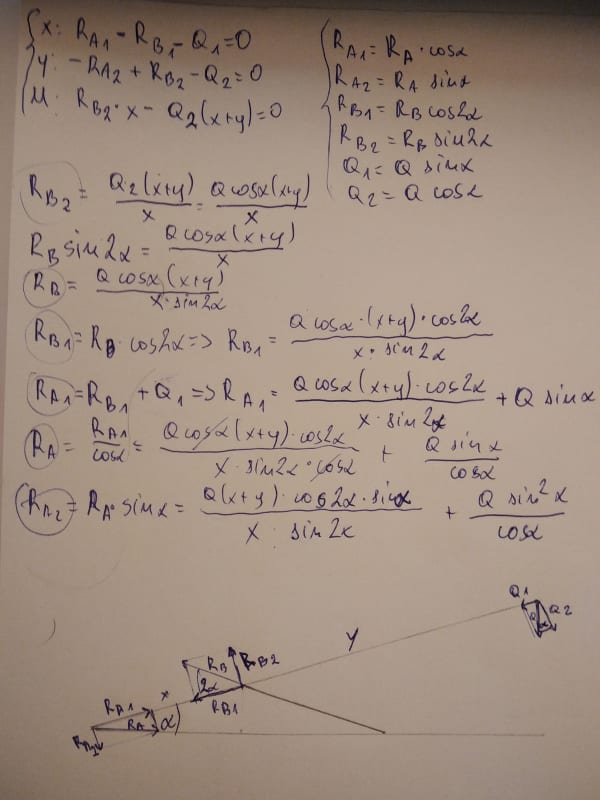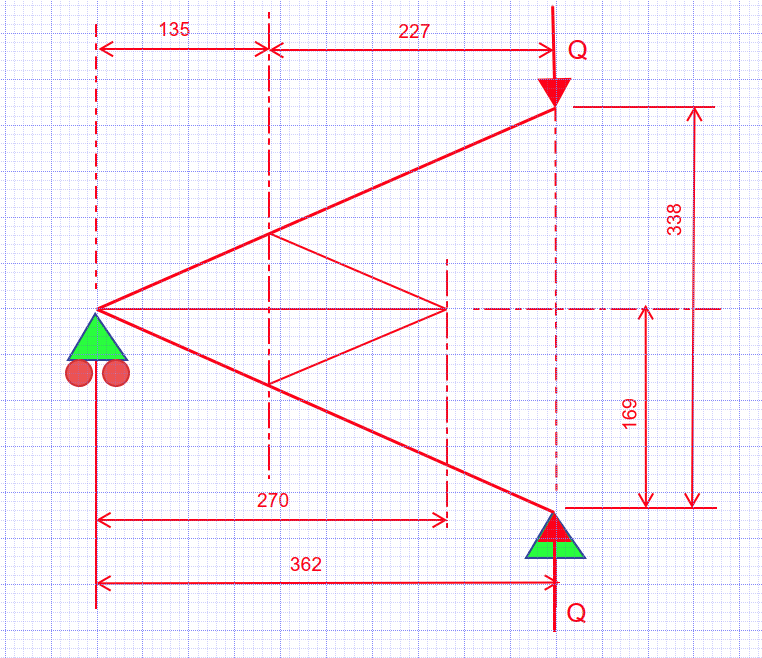Navigation
Install the app
How to install the app on iOS
Follow along with the video below to see how to install our site as a web app on your home screen.
Note: This feature may not be available in some browsers.
More options
Style variation
-
Congratulations TugboatEng on being selected by the Eng-Tips community for having the most helpful posts in the forums last week. Way to Go!
You are using an out of date browser. It may not display this or other websites correctly.
You should upgrade or use an alternative browser.
You should upgrade or use an alternative browser.
Forces in scissar lift
- Thread starter Agunia
- Start date
- Status
- Not open for further replies.
- Thread starter
- #3
Hi
Where are the dimensions of the scissor lift ? There are several ways to do this but you need some dimensions and angles to work with, is this a student post?
“Do not worry about your problems with mathematics, I assure you mine are far greater.” Albert Einstein
Where are the dimensions of the scissor lift ? There are several ways to do this but you need some dimensions and angles to work with, is this a student post?
“Do not worry about your problems with mathematics, I assure you mine are far greater.” Albert Einstein
GregLocock
Automotive
When you get some dimensions try using virtual (or actual) work, Q*deltaH=T*theta_screw, in the right units.
Cheers
Greg Locock
New here? Try reading these, they might help FAQ731-376
Cheers
Greg Locock
New here? Try reading these, they might help FAQ731-376
GregLocock
Automotive
Friction. There's also a 'foot' on the ground, and the jacking point on the vehicle has a socketty sort of feature.
Cheers
Greg Locock
New here? Try reading these, they might help FAQ731-376
Cheers
Greg Locock
New here? Try reading these, they might help FAQ731-376
- Thread starter
- #8
- Thread starter
- #10
Think of this apparatus as a giant nut cracker where the vertical force Q is applied at the end of each handle. The two handles are joined together by a pin at the roller support. The 'nut' is located 135mm to the right of the left end.
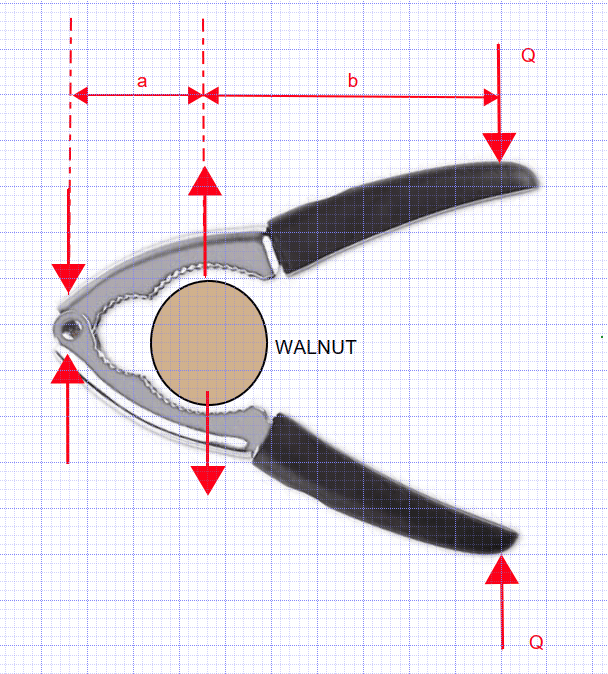
What is the force required to crack the nut? It is a vertical force caused by a beam hinged at the left with a 227mm cantilever and a 135mm back span. Say that force is F. The 'nut' in our case is a diamond shaped frame of length 270mm and height 270*tan25o. Two corners are tied together by a horizontal member to prevent them from spreading.
You should be able to calculate all of the forces using statics.
BA

What is the force required to crack the nut? It is a vertical force caused by a beam hinged at the left with a 227mm cantilever and a 135mm back span. Say that force is F. The 'nut' in our case is a diamond shaped frame of length 270mm and height 270*tan25o. Two corners are tied together by a horizontal member to prevent them from spreading.
You should be able to calculate all of the forces using statics.
BA
Hey, Agunia, keep us in the loop. Have you solved the problem yet? If not, why not? If Eng-Tips solves it for you, your professor might not take kindly to our interference. I gave you a suggestion; it is up to you to finish it. After you calculate the force acting at the top and bottom of the diamond frame (or walnut), the rest is simple statics. Is there a problem?
I didn't go through your calculation sheet, but at a glance, it appears far too complicated. Let E-T know if we can help.
BA
I didn't go through your calculation sheet, but at a glance, it appears far too complicated. Let E-T know if we can help.
BA
Greg...
Thanks for the explanation. However, is friction in the foot pin enough before engaging the load and is it enough if the load and foot are not precisely aligned? I have only used symmetrical scissor jacks. This type doesn't give me a lot of confidence.
Fred
============
"Is it the only lesson of history that mankind is unteachable?"
--Winston S. Churchill
Thanks for the explanation. However, is friction in the foot pin enough before engaging the load and is it enough if the load and foot are not precisely aligned? I have only used symmetrical scissor jacks. This type doesn't give me a lot of confidence.
Fred
============
"Is it the only lesson of history that mankind is unteachable?"
--Winston S. Churchill
fel3,
I'd say you were correct the first time. The structure is unstable as shown. It needs more support to prevent it from rotating about the bottom pin. That is why I added a roller support at the left end in my model.
Friction should not be relied upon to prevent rotation. The "foot" on the ground can't help because it's below the pin. A socket joint at the top could help, provided the vehicle being jacked is capable of providing adequate lateral support. That is not specifically stated, and should not be relied upon.
I share your lack of confidence in the jack as drawn.
BA
I'd say you were correct the first time. The structure is unstable as shown. It needs more support to prevent it from rotating about the bottom pin. That is why I added a roller support at the left end in my model.
Friction should not be relied upon to prevent rotation. The "foot" on the ground can't help because it's below the pin. A socket joint at the top could help, provided the vehicle being jacked is capable of providing adequate lateral support. That is not specifically stated, and should not be relied upon.
I share your lack of confidence in the jack as drawn.
BA
GregLocock
Automotive
suzuki
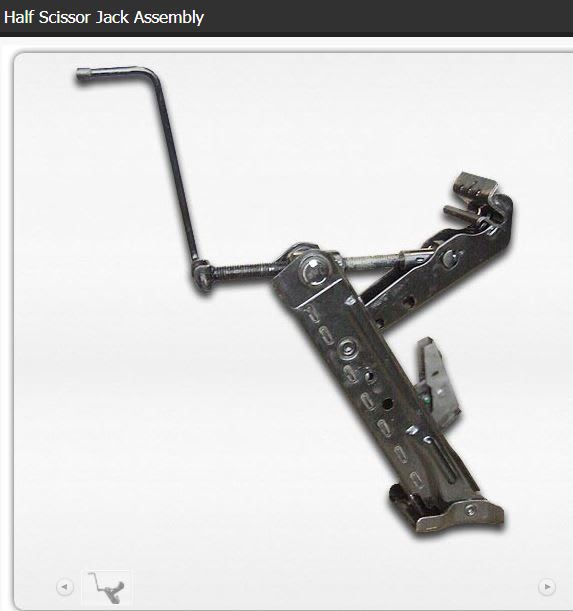
volvo
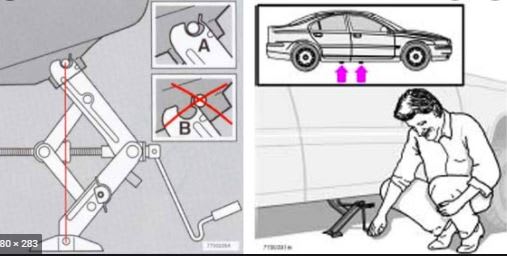
Cheers
Greg Locock
New here? Try reading these, they might help FAQ731-376

volvo

Cheers
Greg Locock
New here? Try reading these, they might help FAQ731-376
Your left hand bottom sketch is unstable, Greg.
The models shown below are much better, although I wouldn't trust any of them on a steep gradient.
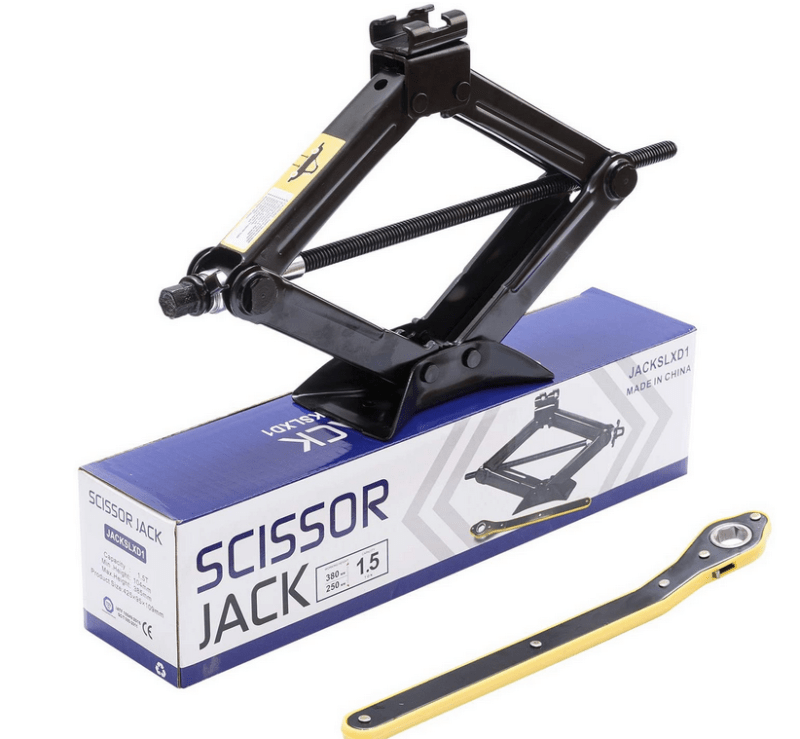
The main difference between your model and these is the fact there are two pins instead of one, above the base plate providing a degree of stability. The assembly could collapse in an orthogonal direction too. For that, there is the width of the base to provide some stability.
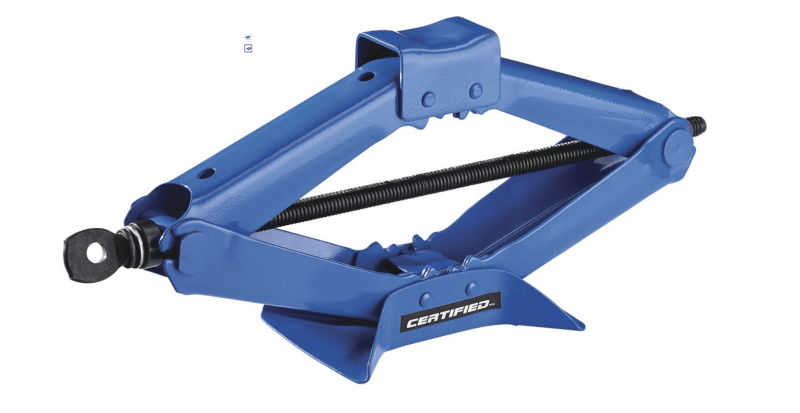
BA
The models shown below are much better, although I wouldn't trust any of them on a steep gradient.

The main difference between your model and these is the fact there are two pins instead of one, above the base plate providing a degree of stability. The assembly could collapse in an orthogonal direction too. For that, there is the width of the base to provide some stability.

BA
GregLocock
Automotive
It is stabilised by the wheels on the other side of the car, although I agree it isn't ideal.
Cheers
Greg Locock
New here? Try reading these, they might help FAQ731-376
Cheers
Greg Locock
New here? Try reading these, they might help FAQ731-376
GregLocock said:It is stabilised by the wheels on the other side of the car, although I agree it isn't ideal.
So it relies on the wheels on the other side of the car being locked against rotation. Otherwise, it is not stabilized. I agree it isn't ideal.
BA
- Status
- Not open for further replies.
Similar threads
- Question
- Replies
- 0
- Views
- 7K
- Replies
- 5
- Views
- 9K
- Question
- Replies
- 21
- Views
- 22K
- Replies
- 1
- Views
- 466
- Replies
- 9
- Views
- 486

